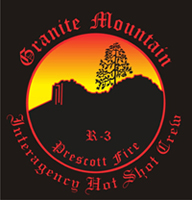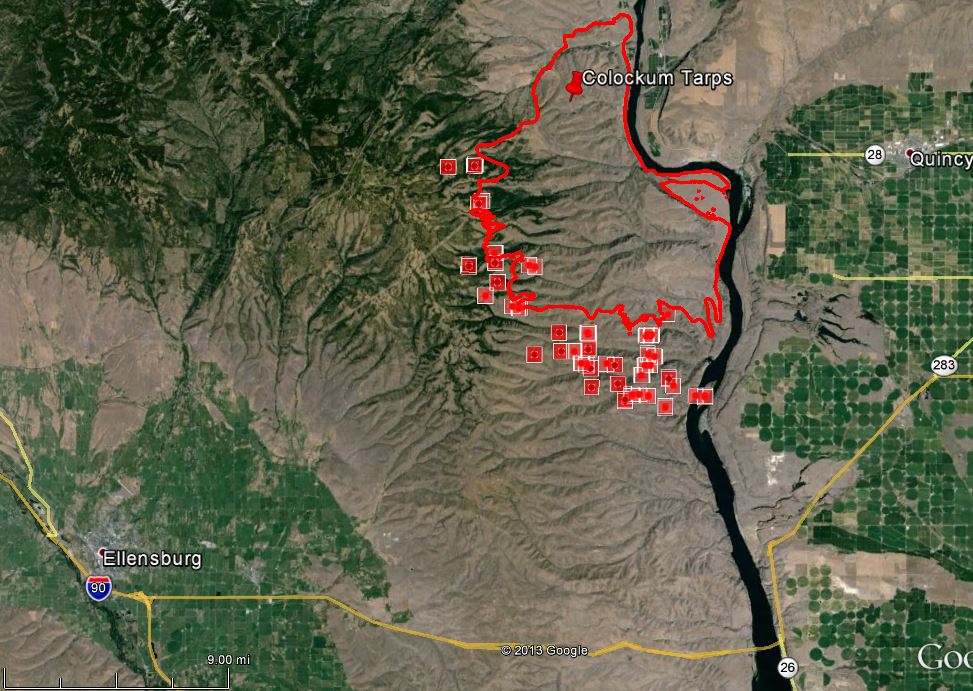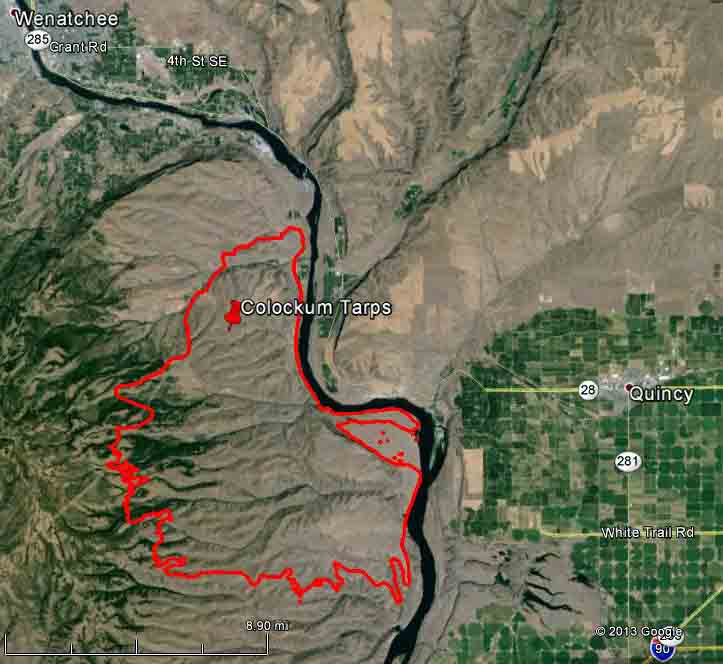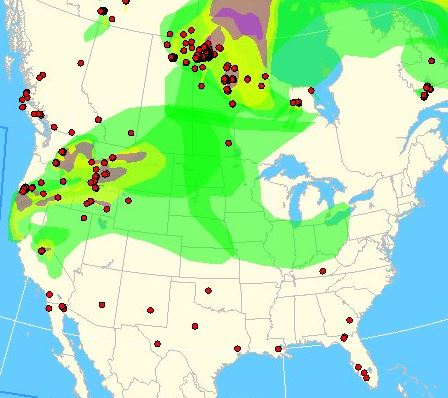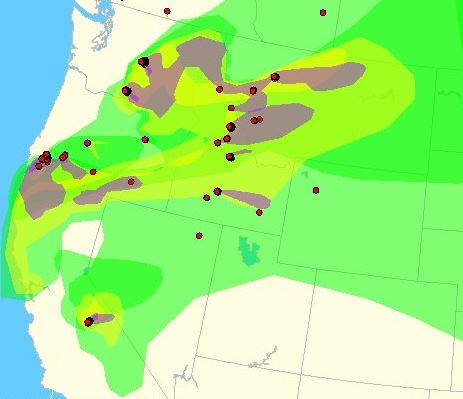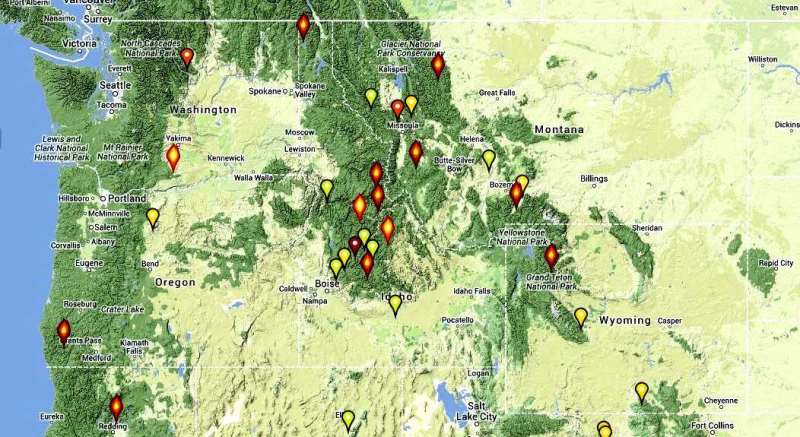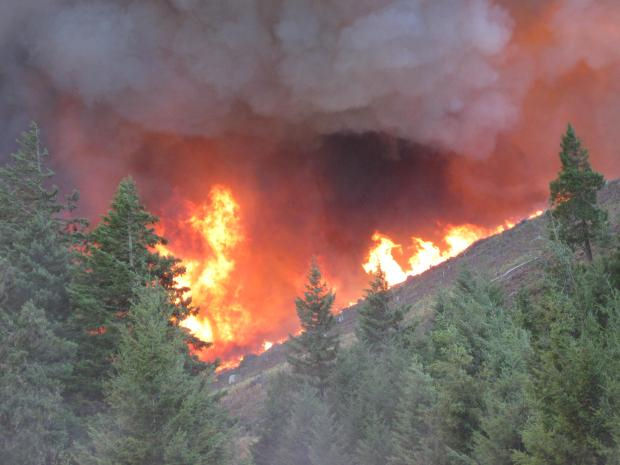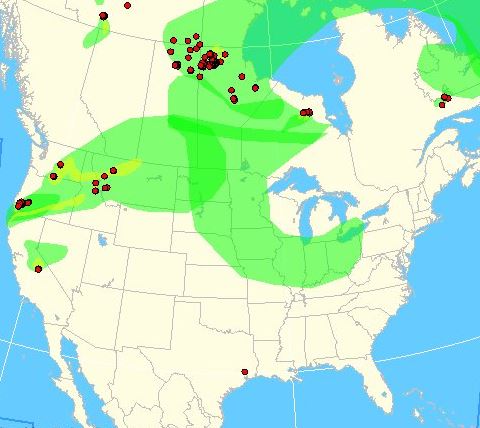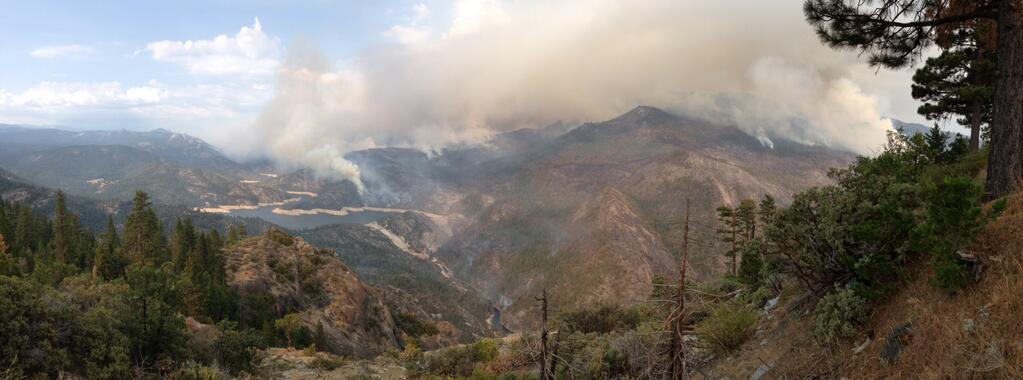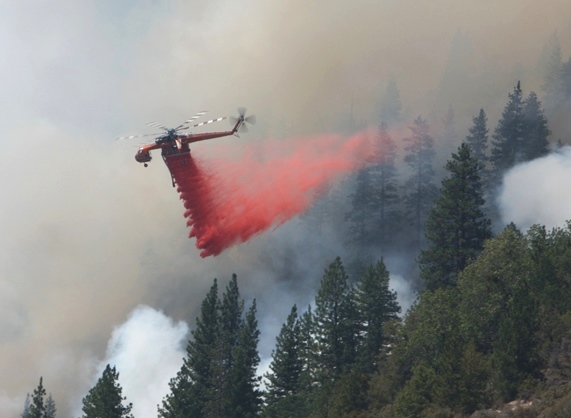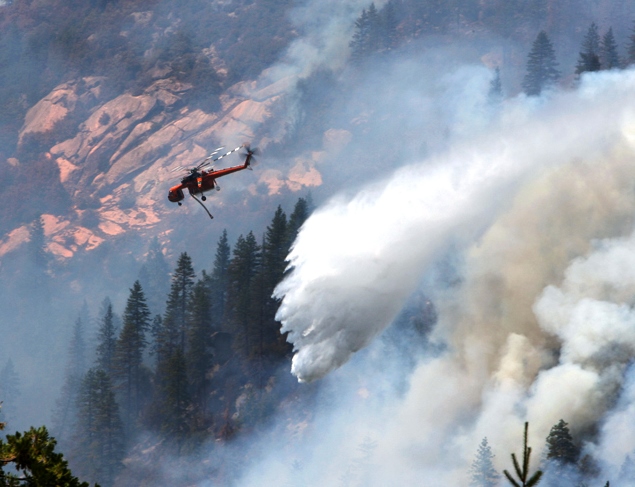(UPDATE at 12:20 p.m. MDT, August 1, 2013)
Arizona Governor Jan Brewer said Wednesday that Arizona State Forestry Division Deputy Director Jerry Payne actually did make the statements about the cause of the fatalities that John Dougherty, of Investigative Media, reported. She said this, in spite of the vigorous denials made earlier by Payne and the department’s spokesman, Jim Paxon. Investigative Media has more details on these developments.
****
(UPDATE at 12:15 a.m. MDT, July 31, 2013)
The Arizona State Forestry Division has issued an apology for the “unauthorized opinions” expressed by Deputy Director Jerry Payne.
****
(Originally published at 12:42 p.m. MDT, July 30, 2013)
An official with the Arizona State Forestry Division told a reporter Monday that the Granite Mountain Hotshots made mistakes and violated procedures that led to the deaths of 19 members of their crew on the Yarnell Hill Fire on June 30.
John Dougherty, of Investigative Media, recently interviewed Jerry Payne, a deputy director of the Arizona State Forestry Division, who told him that Eric Marsh, the Superintendent of the hotshot crew, was serving as Division Supervisor the day of the fatal accident. One of the captains on the crew took Mr. Marsh’s place and the hotshots were assigned to Marsh’s Division.
Mr. Dougherty wrote that the deputy director told him that while the hotshot crew was hiking from the black, or burned area of the fire toward the ranch house:
…it appears that Marsh violated several basic wildfire rules including not knowing the location of the fire, not having a spotter observing the fire and leading his crew through thick, unburned vegetation near a wildfire. “The division supervisor broke those rules and put those people at risk.”
The crew became entrapped by the fire and died while they were still 1,900 feet away from the safety zone at the ranch house.
Mr. Payne also said, according to Mr. Dougherty:
The lawsuits are going to start. The sharks are circling.
You can read the entire article at Investigative Media.
Our analysis
It is surprising that key officials are making statements such as the ones above by the state and the opinions expressed earlier this month by Chief Willis of Prescott Fire Department. After most serious accidents or fatalities on wildland fires, individuals wait until the official investigation report is released — and even then may be very reluctant to talk about the incident. It could cause a person to wonder what motivated Mr. Willis and Mr. Payne to be so vocal.


